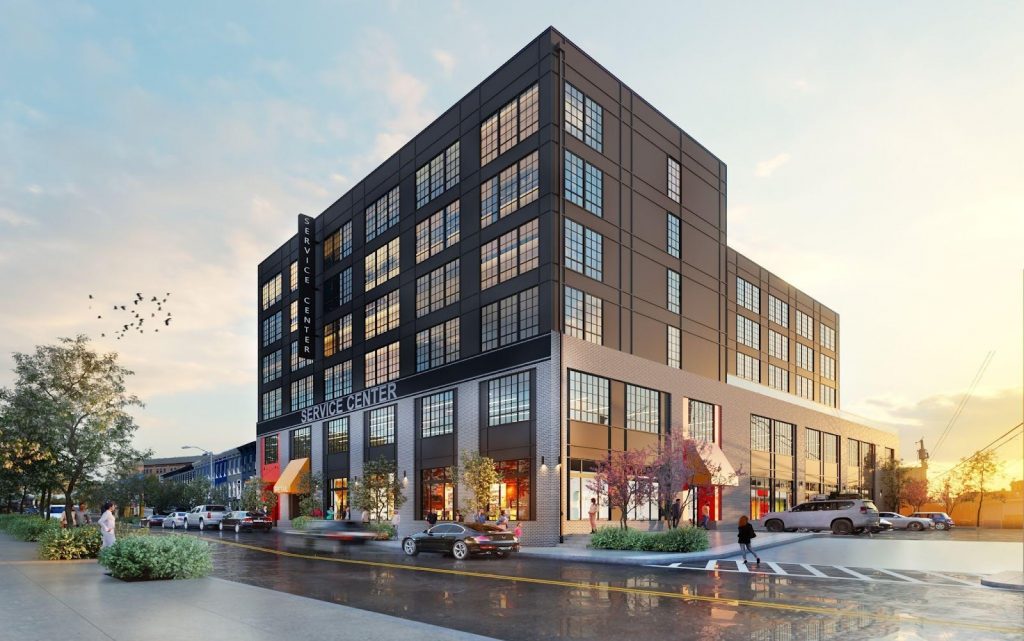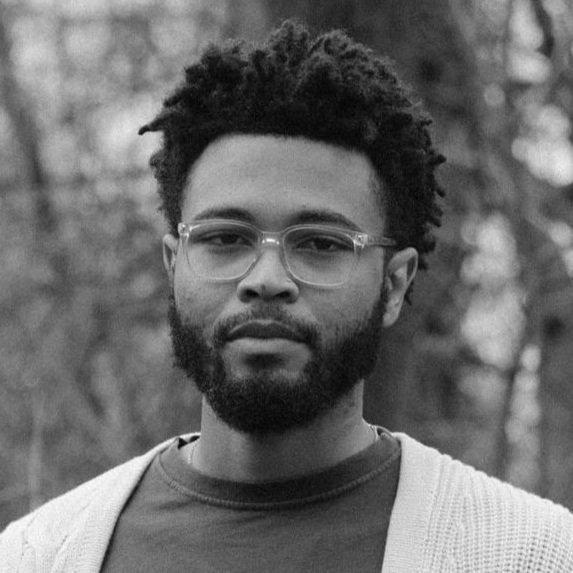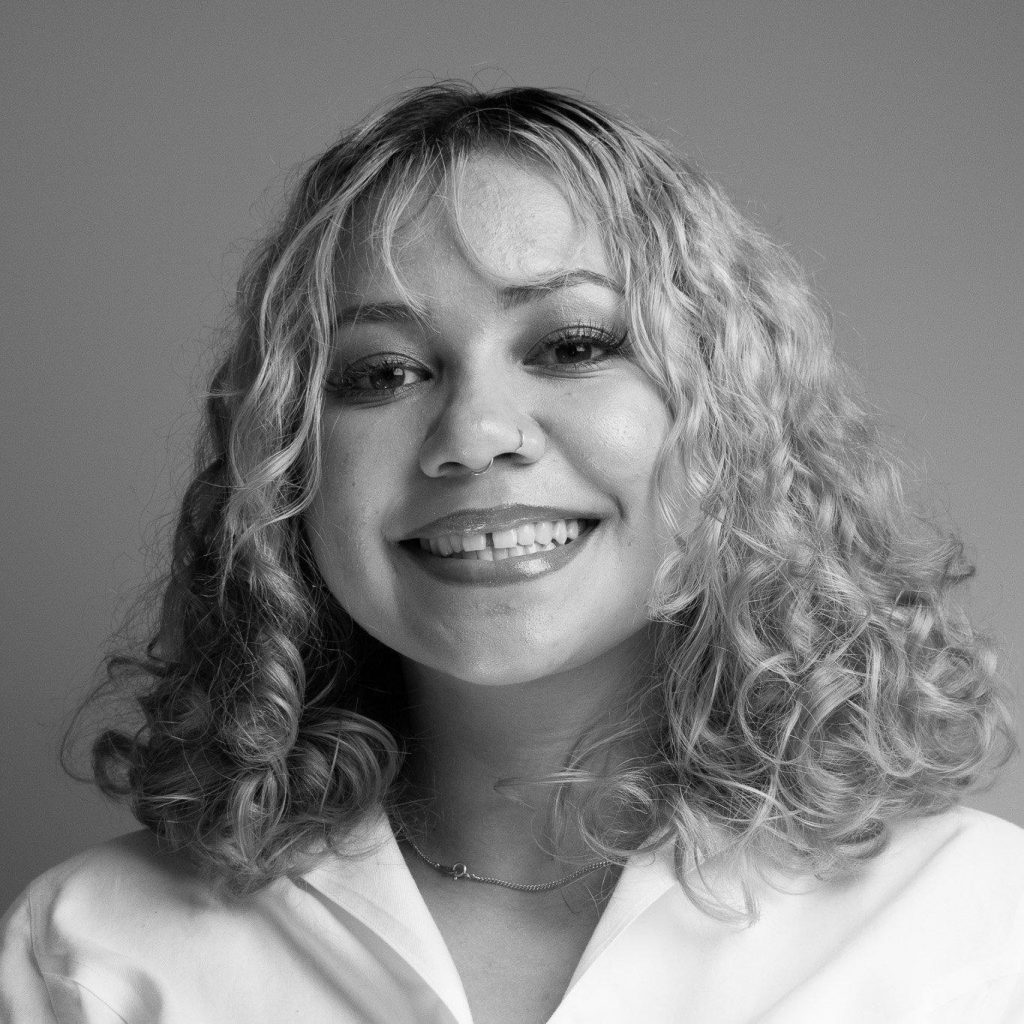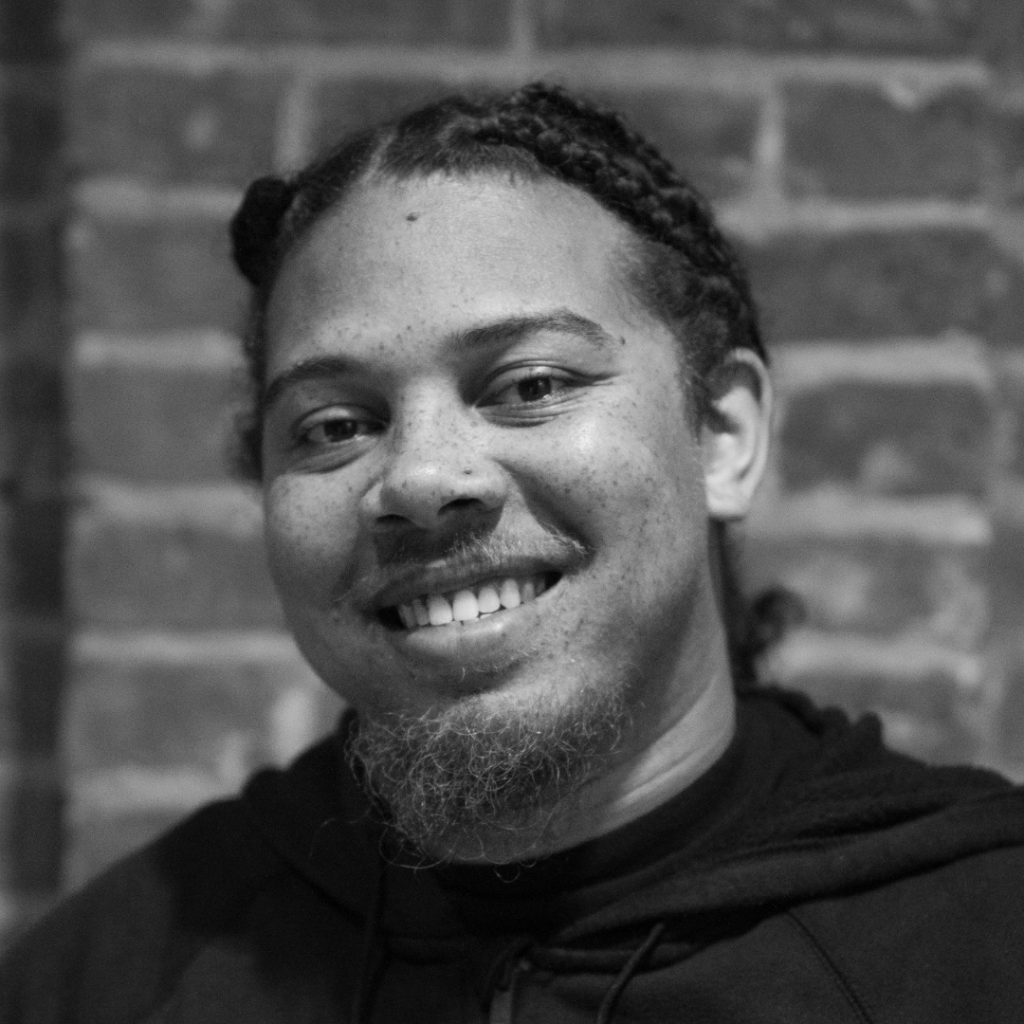By Ben Shaffron-Davis

When working in the midst of a turbulent, increasingly oligarchical world, nothing brings more comfort than the realization that one is not working alone.
Founded in 2000 by Gin Ferrara, Wide Angle Youth Media was created to provide Baltimore youth with the knowledge and resources needed to creatively represent themselves. Through apprenticeships and hands-on classes, Wide Angle provides opportunities for anyone between the ages of 10 and 26 to create their own media projects, developing skills in preparation for college and/or entry into the workforce. The Wide Angle Media Apprenticeship program even provided a job for Saki Bowman, the very first registered Arts2Work Apprentice in the country!
Now, Wide Angle is at the cusp of an exciting new phase in their development. By partnering with both corporate brands and local small businesses, Wide Angle is able to provide students with a wider range of work-based opportunities. Recently, the nonprofit has constructed a brand new community center (pictured above), complete with a learning lab and professional production space. This new building is managed by Wide Angle’s hardworking staff, a team that includes former trainees and Arts2Work alumni. To better understand Wide Angle’s journey to the present day, as well as its influence on the city of Baltimore, I reached out to some of the staff members for their stories.
TAHIR JUBA

TAHIR JUBA: POST-PRODUCTION COORDINATOR & PRODUCER
“Baltimore is a very special place to me,” says Tahir Juba, “I feel like Baltimore has people in it that come from different walks of life, so you can really get different perspectives.” Having discovered Wide Angle at age 13, former trainee and Arts2Work alum Tahir Juba now works fulltime as the Wide Angle Post-Production Coordinator. In a previous interview with Baltimore Magazine, Juba relates a key philosophy that he carries into his work: if Baltimoreans don’t tell their own stories, they will be told by others looking in.
Sitting down to talk with Juba, I wanted to hear more about his connection to the city and his approach to redefining outsiders’ perceptions. He explained how youth like him are compelled equally by the city’s vibrancy as well as its challenges. “I’m really trying to do things better for people who are at that decision making point in their lives,” says Juba, “where they could go down the wrong path, or try something new.” In his mission to redefine Baltimore, Juba targets the harmful and reductive impressions of the city held not only by the outside world, but also by its citizens. Through his work at Wide Angle, Juba is effectively empowering youth to determine how their stories are told, and what their future will be. He hopes to demonstrate that despite the city’s hardships, Baltimore can offer a brighter, more constructive way forward.
“What made me love Wide Angle so much… was just the freedom that we had…these were the first times I was really able to use my creativity in a way that was unrestricted. I feel like that’s one of the best approaches…putting trust in someone to learn the skills, and then act on the skills.”
KAMARIA AVERY
KAMARIA AVERY: MEDIA EDUCATOR & VIDEO EDITOR
Kamaria Avery’s pursuit of a creative career began in her early years at Towson University, just north of Baltimore. Raised in a first generation immigrant household, Avery felt expected to pursue a profitable major in science. However, after experiencing the coursework required for a biology major, it became clear to her that her true passions lay elsewhere. Film had always been her most consistent hobby, and Avery soon pivoted towards a major in film and electronic arts at Towson University. After graduation, Avery was invited to join the Wide Angle Apprenticeship program. Now, four years later, she works at Wide Angle as a media educator and editor.
In a recent conversation about her path to Wide Angle, Avery talked about how Baltimore always felt like an immensely creative environment. “I meet so many creative people on a daily basis, and I’m constantly learning how artful and creative the city really is.”
Avery leverages her experience at Wide Angle to make an impact on her community – by providing production assistance on a range of local media projects, and by teaching videography to high schoolers. When I ask if she has seen any overly practical or anti-creative sentiment in her students, the answer is a resounding no. “There’s definitely a spirit of creativity and resilience,” Avery insists, “[and with] content creators on Youtube, Instagram, Tik Tok, I think people realize they can get paid to do these things artistically.” Avery also relates how her students are channeling this optimistic creativity into activism and community involvement. According to Avery, not only are youth beginning to see the value of creative careers, but also, through Wide Angle, youth in Baltimore are able to find outlets for their passions that bolster and inspire others in their community. “The young people I’ve met in my classrooms have definitely inspired me… ” Avery admits, “there’s amazing things they can do in Baltimore, for sure.”
DARIAN JONES
DARIAN JONES: PROGRAM DIRECTOR
Committed to continuous learning, Wide Angle has always been deeply involved in Baltimore schools. One particular student, Darian Jones, would begin a new phase of his educational journey when a mentor told him about the open positions at Wide Angle. Fast forward seven years later, Jones is now the organization’s Program Director, opening paths for others to learn as he did. “I wanted to be able to give back to younger people,” Jones explains, “to let them know they had the same abilities to tell their own stories.”
Jones has always harbored a deep love of Baltimore and its past. Drawing inspiration from the cultural history of Baltimore’s Druid Park, his new short documentary Pool No. 2 recently won an Alliance Power of Storytelling grant award. Fostering community is also a key part of his personal mission, and Jones emphasizes the importance of involving students in the learning process. “The first thing I think about is, ‘what are young people actually interested in?’” Jones states, “Because I think it’s easier to have a successful program if you have buy-in from those young people you want to serve.” Jones ensures his programs impart technical and creative skills that are applicable to many kinds of careers. By actively blending student preferences with the pursuit of transferable skills, Jones and Wide Angle facilitate an experience that is both equitable and practical; any student can pursue new skills purely for the sake of creative fulfillment and/or their own professional development.
On a personal note, for most of my own K-12 education, I felt that I could only pursue new skills if they were in line with some arbitrary career goal, and I admire Wide Angle’s steps to free future generations from that burden. To quote Jones, “I think Wide Angle has created a space where young people can just come and be… be able to learn, be able to make friends, and… communicate their dreams, or wants, or needs they have for themselves.”
Looking back at all of these conversations, I’m left with a slight sense of solace. In a time where instances of real, positive change are feeling fewer and farther in between, learning more about the gradual growth of Baltimore and the youth of Wide Angle has been immensely comforting. In response to the declining state of the world, Wide Angle insists upon developing Baltimore’s next generation not only as workers, but also in their capacity as creative people. If history has taught me anything, it’s that when creative people get together, they can change the world.
Ben Shaffron-Davis is a writer, researcher and production assistant in South Orange, New Jersey. A recent graduate of Oberlin College, Ben is seeking positions within the literary, publishing, or marketing fields. He’s up for anything creative.


